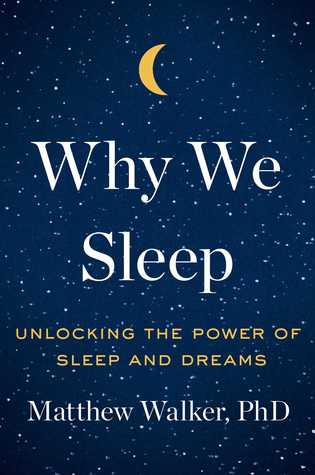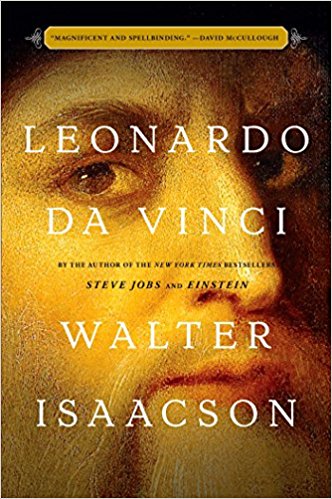New Year’s is always a time when we set new goals, clean out old thinking and start new. It’s also a time when some new reading can help to shift thinking to the future. There’s lots to choose from! To help, we have a couple of fascinating books to recommend that are sure to present some new perspectives.
 Our first recommendation is Why We Sleep – Unlocking the Power of Sleep and Dreams, by Matthew Walker, PhD. Despite the title, this book is not about dream interpretation; it represents the latest learning about sleep and its importance to humans and our general health.
Our first recommendation is Why We Sleep – Unlocking the Power of Sleep and Dreams, by Matthew Walker, PhD. Despite the title, this book is not about dream interpretation; it represents the latest learning about sleep and its importance to humans and our general health.
The author explores the latest understanding of the mechanics of sleep while also explaining the importance that each phase of sleep plays in developing our short- and long-term memory, making sense of the experiences we have during our waking hours, especially traumatic stress.
Walker also explains how we are not meeting our daily sleep requirements (at least eight hours per night for adults), and how our need for this amount of sleep has evolved over the millennia as a means to optimal wellbeing. He presents compelling evidence, arguing that not recognizing our need for sleep, or sleep preferences, can lead to serious personal health problems and loss of productivity in society.
As educators we’re already aware that sleep deprivation is a real challenge for adolescents, who require more sleep than adults—ideally nine to 10 hours—to promote brain development and wellbeing. In fact, the author found the research around the negative impact of sleep deprivation in adolescents so compelling that he advocates moving start times for K-12 students to later in the morning to support healthy brain development.
This position is consistent with findings by Wolfson and Carskadon in their 2006 publication of Sleep Schedules and Daytime Functioning in Adolescents, and others that suggest early start times actually inhibit student performance.
This is also a good book to read right before bedtime!
Available on Amazon, iBooks or at your local bookstore.
 Our second recommendation is Leonardo Da Vinci, by Walter Isaacson. While most know da Vinci as the artist who left us the Mona Lisa or the Vitruvian Man, few of us have had the benefit of understanding his personal life and his very broad range of interests, which bridged art, science, mathematics and physics.
Our second recommendation is Leonardo Da Vinci, by Walter Isaacson. While most know da Vinci as the artist who left us the Mona Lisa or the Vitruvian Man, few of us have had the benefit of understanding his personal life and his very broad range of interests, which bridged art, science, mathematics and physics.
The book overflows with descriptions of da Vinci’s visual and experiential approach to solving problems and his ability to intuitively represent mathematical concepts in his ideas, despite a life-long struggle with advanced mathematics.
While often criticized for not completing a number of his commissions, da Vinci’s thinking was in many cases well ahead of his time. Isaacson presents examples such as da Vinci’s understanding of how the aortic valve works and how fossils can be lifted up to mountaintops as theories that would later be confirmed by the likes of Galileo, Newton and others.
This book leaves one with a greater appreciation of the sheer scope and volume of da Vinci’s lifetime of curiosity and drive to learn more. As a result, you might call him the ultimate lifelong learner.
Available on Amazon, iBooks or at your local bookstore.
We hope you and yours had a wonderful holiday and that you have returned in 2018 with a renewed sense of energy, enthusiasm and excitement about the very important role you play in the future of your students. And may you have a Leonardo or two amongst them!
